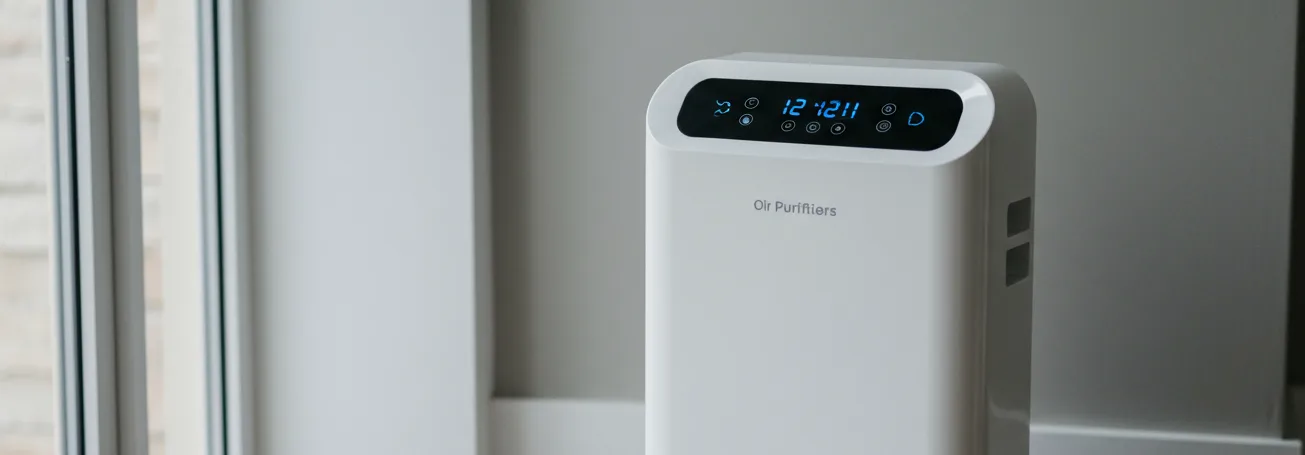
The Real Cost of Clean Air: How Much Electricity Do Air Purifiers Really Use?
Understanding Air Purifier Energy Consumption
Investing in an air purifier is an excellent step towards a healthier home environment. These devices work tirelessly to filter out dust, pollen, pet dander, and other airborne irritants, leading to air that's cleaner and easier to breathe. However, a common question arises as consumers consider running a device 24/7: exactly how much energy does it consume? The answer isn't a single number; it depends on several key factors, including the unit's size, its fan speed settings, and the technology it uses. Larger units designed for spacious rooms will naturally require more power than compact models intended for a small bedroom. Similarly, running an air purifier on its highest setting will use significantly more electricity than on its lowest, quietest mode.
So, Do Air Purifiers Use a Lot of Electricity?
Here’s the reassuring news: for most households, the answer is no. Modern air purifiers, especially those with an ENERGY STAR rating, are designed for high efficiency. On average, a medium-sized air purifier running continuously uses about as much electricity as a standard desktop computer or a modern LED television. When you break it down, the monthly cost is often just a few dollars—a small price to pay for the significant benefits of improved indoor air quality. Most units consume between 30 and 200 watts, but when left on a lower, continuous setting or an 'auto mode' that adjusts to air quality, the usage is typically on the lower end of that spectrum. Compared to power-hungry appliances like air conditioners or refrigerators, an air purifier's impact on your utility bill is minimal.
How to Choose an Energy-Efficient Model
While the overall cost is low, you can still be a smart consumer by choosing a model that maximizes purification while minimizing power draw. The single most important label to look for is the ENERGY STAR certification. These models are independently certified to be, on average, 40% more energy-efficient than their non-certified counterparts. Additionally, consider units with an 'Auto Mode,' which uses sensors to detect the level of pollutants in the air and adjusts the fan speed accordingly. This prevents the purifier from running on high power when it's not necessary. Finally, selecting the correct size for your room ensures the unit doesn't have to overwork, saving energy in the long run.
Finding the Best Balance of Power and Price
The concern over electricity usage is valid, but it shouldn't deter you from the significant health advantages of an air purifier. The actual running cost is a minor addition to most monthly bills, far outweighed by the benefits of reduced allergens and pollutants. The key is to select a modern, efficient device tailored to your space. To find a model that perfectly balances powerful air cleaning with low energy consumption, the next step is to compare the best options on the market. Our team has performed extensive testing and analysis to help you make an informed choice. Explore our comprehensive reviews of the top-rated air purifiers to find the perfect fit for your home and budget.






